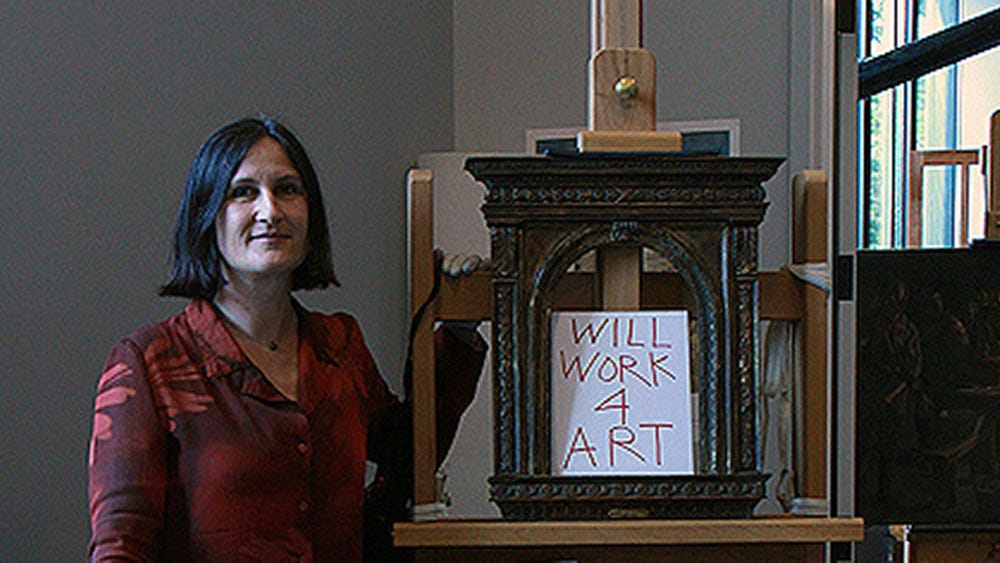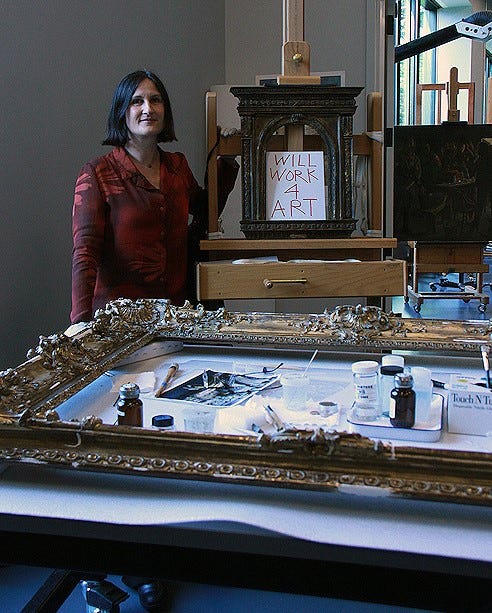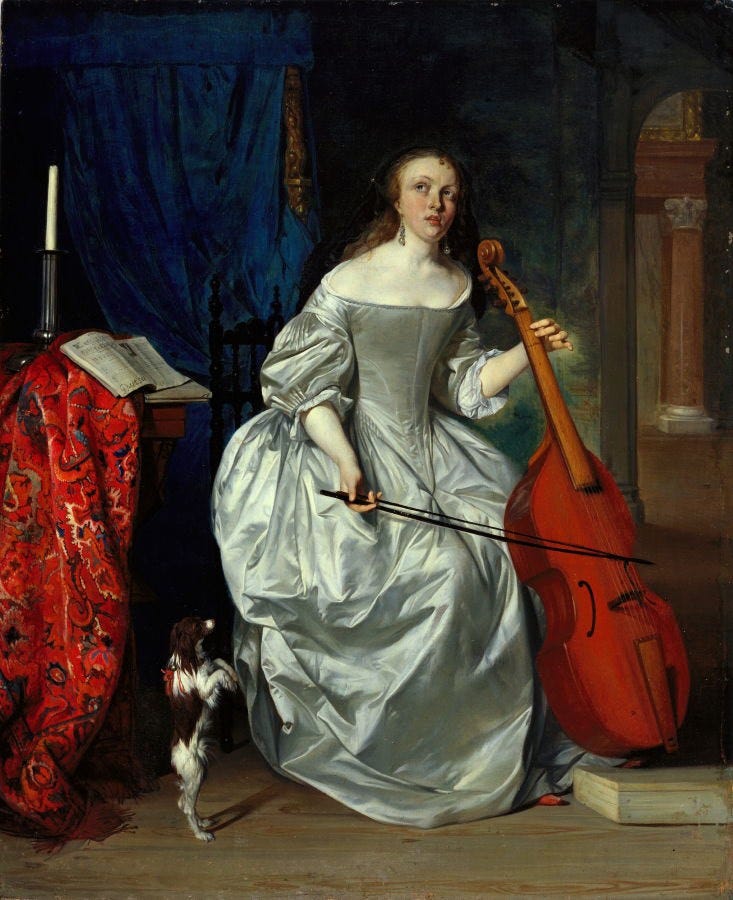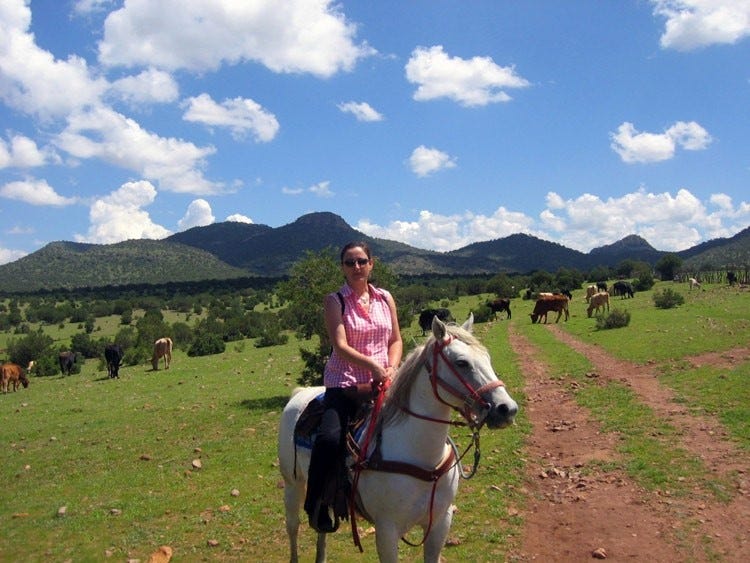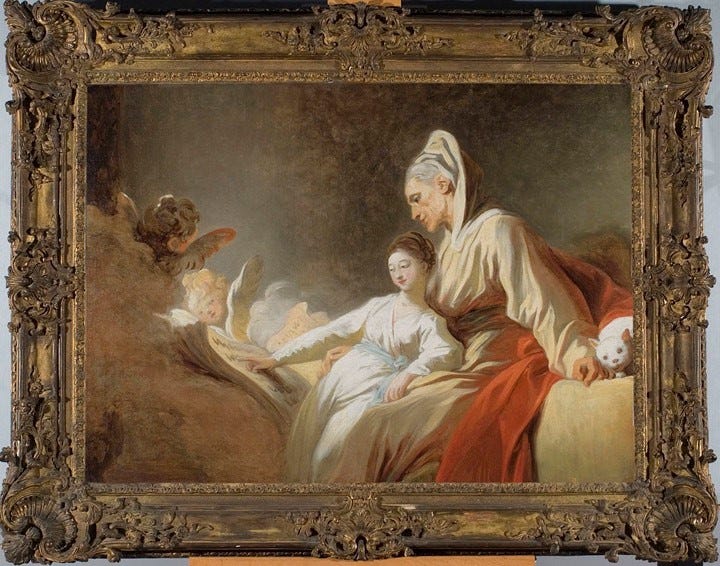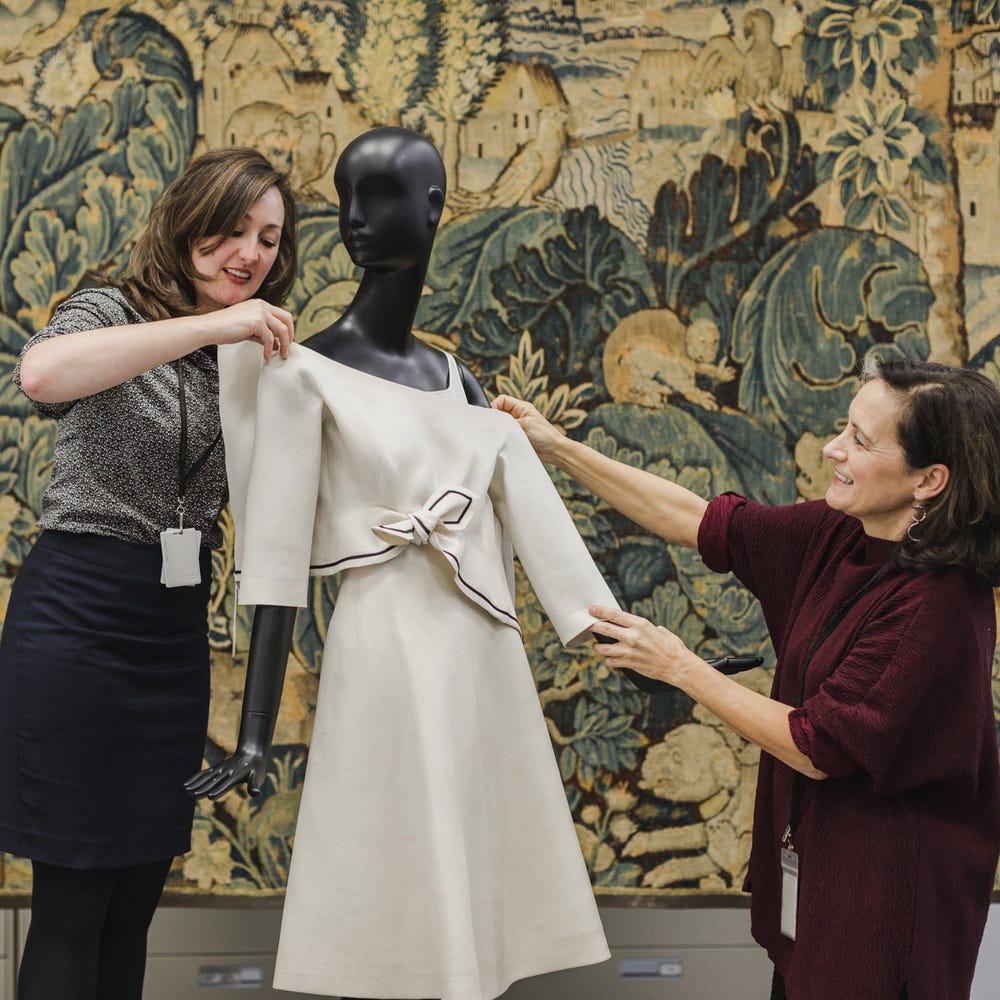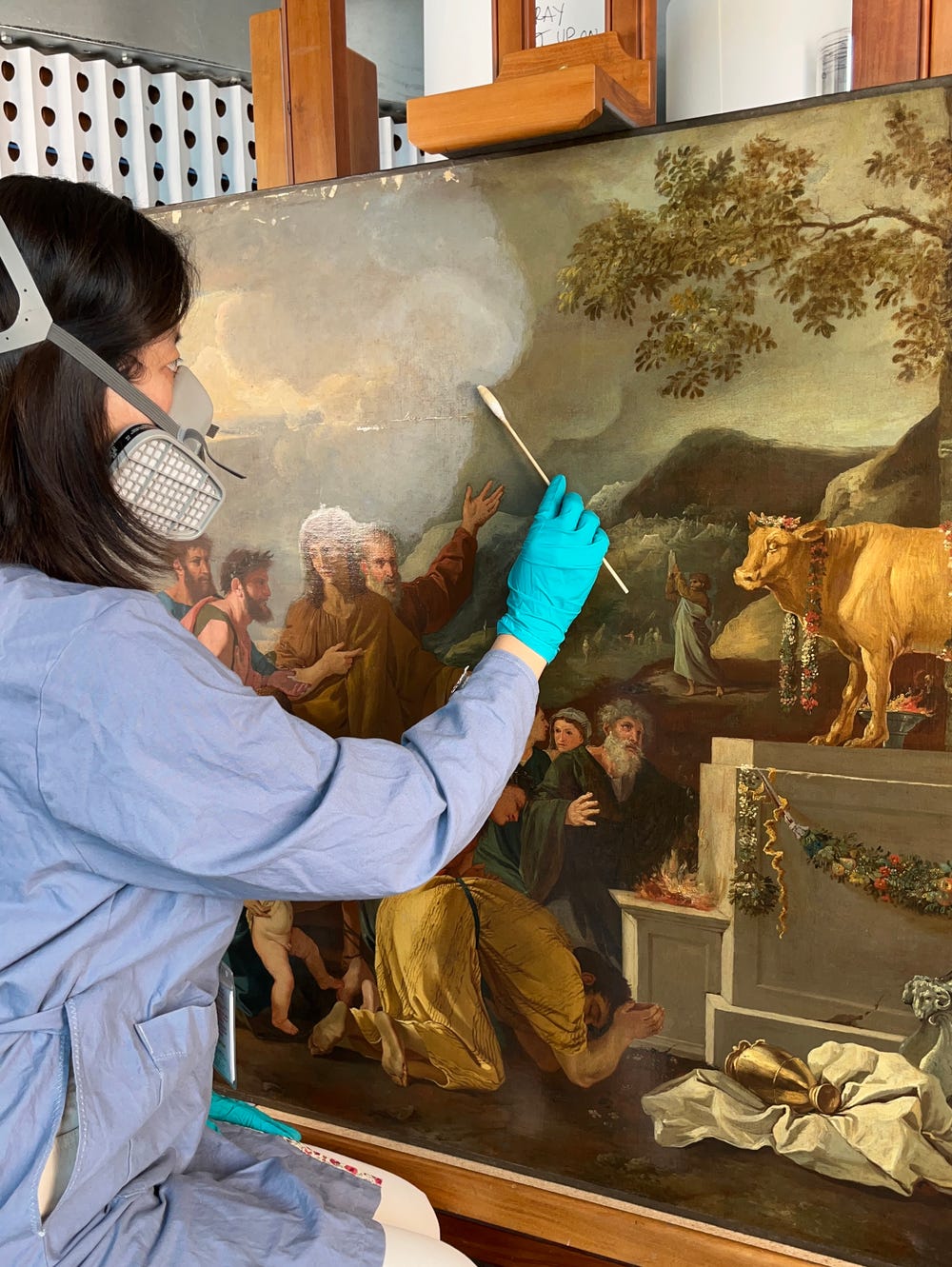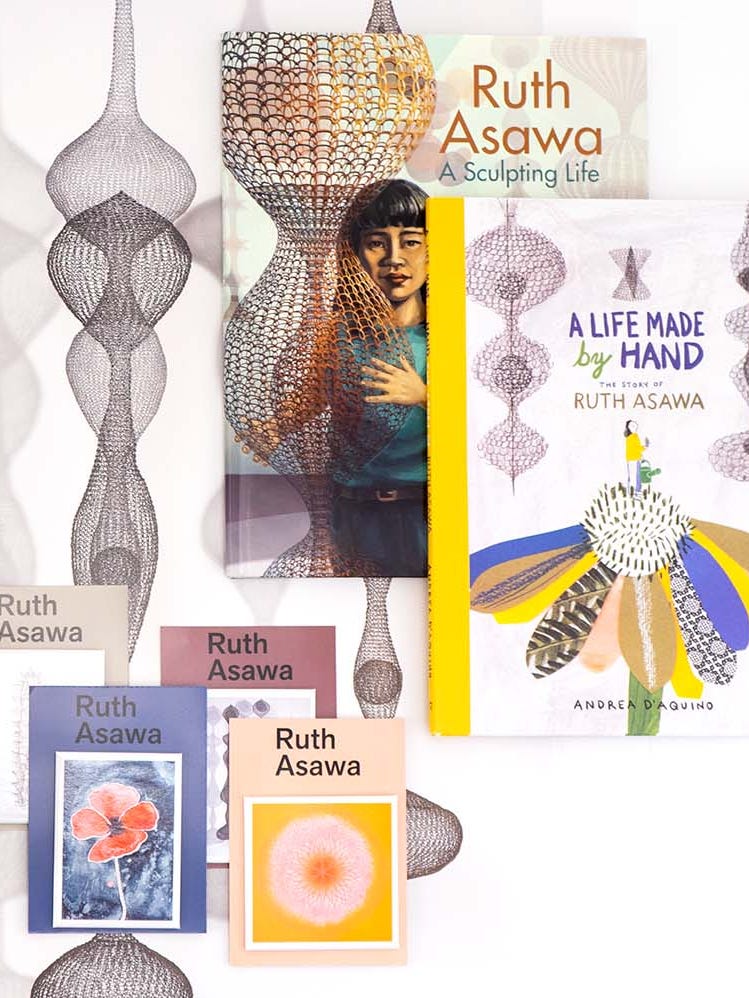Will Work for Art: Natasa Morovic
November 1, 2011
“Will Work for Art” takes you behind the scenes to meet the people who make the Fine Arts Museums work. This week we take you into the intriguing world of frame conservation to meet Natasa Morovic (imagine an “h” after the “s” in her first name, and after the “c” in her last name, and you get the right pronunciation). Natasa is the associate frames conservator working in paintings conservation. Originally from Slovenia, she has worked with the Museums for fourteen years!
What do you do here at the Museums?
I am responsible for the care, treatment, and study of picture frames in the collection. We have close to 2000 paintings between the two museums, and most of them have frames, dating from the 14th through 20th centuries.
How did you become involved with the Museums?
In 1996 I visited the Objects Conservation Lab at the old de Young museum. A year later I got a call from the head of the department asking if I would be available to work on a project that involved conserving an 18th-century carved and gilded Italian side table as well as a pair of carved and gilded wooden lamps. I said yes . . . and the rest is history. I now work alongside my colleagues in the Paintings Conservation department.
What is your favorite artwork or gallery in the Museums and why?
A difficult question — there are so many different artworks, from so many different artistic periods that are very dear to me. One of my favorites is the painting by the Dutch master Gabriel Metsu, Woman Playing the Viola da Gamba. It is a beautiful composition in itself, but what fascinates me about it most is how meticulously and skillfully the fabrics are painted; you can almost feel the crispness and coolness of the sitter’s silvery dress, you want to touch the brilliant red Oriental rug and the plush blue bed curtain. Fantastic colors!
Gabriel Metsu, Woman Playing the Viola da Gamba, 1663. Oil on panel. Roscoe and Margaret Oakes Collection. 60.30
What do you do when you’re not at work?
I enjoy cooking (occasionally) and eating delicious foods (all the time), reading, re-finishing old chairs, and biking (weather and motivation permitting). My real passions (that I never get to do often enough) are horseback riding, skiing, and traveling and hiking to remote places.
What are you working on right now?
Besides day-to-day tasks, I am working on two long-term projects. One is a beautifully carved and gilded French picture frame from the 1730s that belongs to the painting Education of the Virgin by Jean-Honoré Fragonard. The frame has undergone numerous past campaigns of restoration, some of which ultimately changed the intended appearance of the object.
Jean-Honoré Fragonard, Education of the Virgin (L'Education de la Vierge), ca. 1773. Oil on canvas, 33 1/8 x 45 1/4 in (84.1 x 114.9 cm). Fine Arts Museums of San Francisco, Museum purchase, Archer M. Huntington Fund, 1929.2
The other is a mid-19th-century original frame for Rembrandt Peale’s portrait of George Washington. Unlike the Fragonard frame, which is carved entirely from oak timber, this frame is exuberantly decorated, in true Victorian fashion, using composition material ornamentation applied over the wooden substrate. The frame was gilded, but sometime in the 20th century it was completely and thickly overpainted with brass-powder paint, which has become heavily oxidized.
In both projects, in addition to removing overpaint and inappropriate old repairs, I am stabilizing structural components, compensating losses to the carving, and attempting to bring both frames back to their intended appearance.
Do you remember the first time you visited the Museums?
I do, even though it was in the previous century. It was in the mid-90s.
